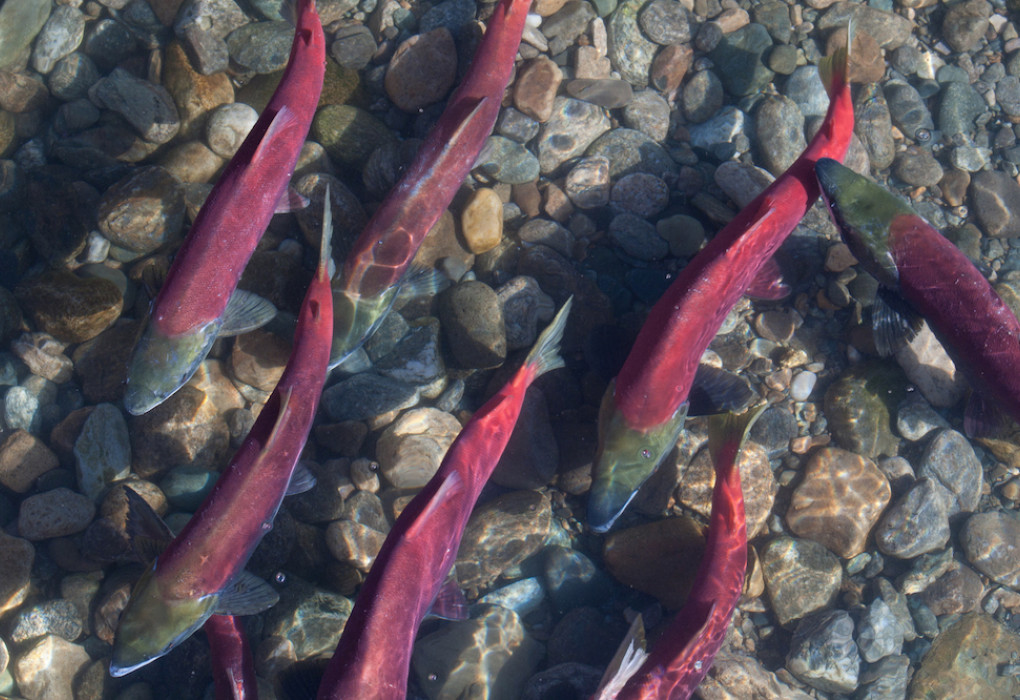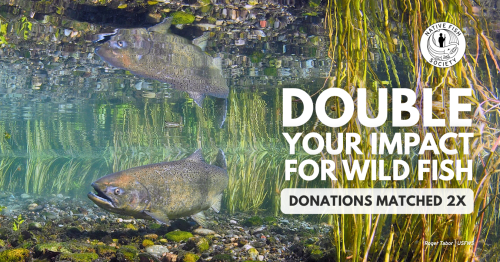The future of wild salmon in Canada depends on successful implementation of the Wild Salmon Policy
The Wild Salmon Policy was created in 2005 by Fisheries and Oceans Canada (DFO) with the goal to "restore and maintain healthy and diverse salmon populations and their habitats for the benefit and enjoyment of the people of Canada in perpetuity". Now, twelve years later, the Wild Salmon Policy has yet to be implemented. DFO released its WSP draft implementation plan in 2016 to "include guidance and activities, deliverables, timelines, and accountabilities" and over the past few months have been seeking feedback from Indigenous communities, stakeholders, and other interested parties to guide further plan development and revision.
Planning for failure?
While the overarching themes and goals of the Wild Salmon Policy are critical for saving, restoring, and maintaining healthy and diverse Canadian salmon populations, the current draft implementation plan falls short of being capable of achieving these goals and includes major deficiencies, such as weakening of conservation priorities, lack of additional funding allocation, lack of DFO leadership and accountability, and lack of clear objective-based approaches to planning. There are also major uncertainties surrounding the prioritization of monitoring and habitat assessment, as well as no mention of how hatcheries will be considered and evaluated within the Wild Salmon Policy framework. Without addressing these issues within the implementation process, the Wild Salmon Policy will likely fail to meet its objectives.
Feedback on DFO's plan
Native Fish Society and SkeenaWild Conservation Trust worked together to provide feedback to DFO on the draft implementation plan. Our letter provides recommendations to strengthen the plan for implementation, and achieve the Wild Salmon Policy goals of conservation and sustainable use of salmon for Canadians in perpetuity.
The 5-year implementation plan of the Wild Salmon Policy is currently scheduled to begin in 2018.

